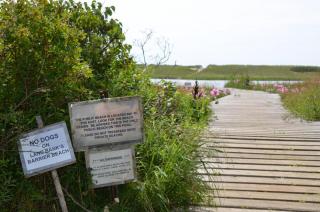Sooner or later, the nitrogen pollution threatening the health of Martha’s Vineyard coastal ponds will affect us all. Our jobs are dependent on our visitor-based economy.
Massachusetts Estuaries Project
2014
The saltwater pond is generally healthy with no serious habitat damage, but nitrogen levels are at their limit, the report from the Massachusetts Estuaries Project report said.
2012
Anyone who spends any time in, on or around our tidal ponds has witnessed the periodic algae infestations and the consequent foul odors, slimy beaches, floating gunk in murky waters and distressed ecosystems. The pollution of our ponds, even our ocean beaches, has become so bad that they have even periodically been closed for public health reasons. Nevertheless, many people of all ages get sick after swimming, with all kinds of serious symptoms.
In a repeat of a presentation given to the Oak Bluffs selectmen last month, the Edgartown selectmen Monday heard serious warnings about reducing nitrogen levels in Sengekontacket Pond.
With members of the Joint Committee on Sengekontacket in attendance, the selectmen heard that based on a thorough review of the Massachusetts Estuaries Project study on the pond, nitrogen levels need to be reduced and removed.
With high levels of nitrogen in Sengekontacket Pond threatening everything from marine life to property values, state and local environmental officials have outlined an aggressive plan to clean up the pond that ranges from diverting wastewater from several watersheds to designating the entire pond as a district of critical planning concern.
A pair of quahauggers stood waist-deep in Sengekontacket Pond early Thursday morning, the late August sun glinting off the calm water as they raked hardshell clams, perhaps a basketful for their dinner. The pond has been open to summer shellfishing this year for the first time since 2007.





